Shanghai, China
+86-17317656853
inquiry@cgprotection.com


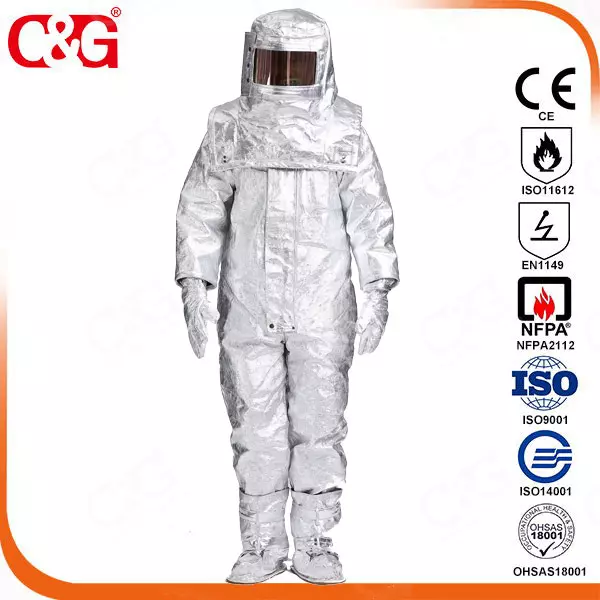
Proximity Fire Fighting is a specialized fire fighting operation that can include the activities of rescue, fire suppression, and property conservation at incidents involving fires producing high levels of radiant heat as well as conductive and convective heat. According to National Fire Protection Association Standard NFPA 1971 "Standard on Protective Ensembles for Structural Fire Fighting and Proximity Fire Fighting 2007 edition" examples of fires that commonly produce high levels of radiant heat, as well as convective and conductive heat are bulk flammable liquid fires, bulk flammable gas fires, bulk flammable metal fires, and aircraft fires. It is the ability to reflect high levels of radiant heat that distinguishes Proximity from Structural fire fighting ensembles. C&G Safety Aluminized coverall capable of reflecting 95% or this energy away from the fire fighter.
National Fire Protection Association Standard NFPA 1851 "Standard on Selection, Care, and Maintenance of Protective Ensembles for Structural Fire Fighting and Proximity Fire Fighting 2008 Edition" gives you the guidelines to follow on use and care of Proximity Ensembles. NFPA 1851 distinguishes between routine maintenance and advance maintenance. Proper routine maintenance is probably the most important thing for ensuring that the proximity ensemble will maintain its unique protective qualities and last for years.
Since proximity ensembles have this highly reflective outer shell, it is imperative that we maintain its reflectivity to maintain its protective capabilities. To accomplish this we should initially look at how we store the ensembles. Improper storage can lead to premature failure of the ensemble. The ensembles should be dry and stored in a well ventilated area away from sunlight. The ensemble (coat and trouser) should also be stored hanging up. The trousers should never be stored crunched around the boots.
Besides following the guidelines of NFPA 1851 for cleaning, you should contact your proximity ensemble supplier for detailed cleaning instructions. Proximity ensembles are composed of two major components, one being the liner system and the other being the outer shell (heat reflective layer). Each component requires its own cleaning and maintenance solutions. You should never clean the ensemble together. Always clean and maintain the components as individual items.
After cleaning a component and before reassembly and storage always ensure that the component is dry. The liner and outer shell have very different methods for cleaning. Both are outlined in NFPA 1851 and in the manufacturers instruct ions. The liner may be machine washed and dried. The Outer shell (heat reflective layer) should never be machine washed and dried. To maintain the reflective surface of the outer shell you may only hand wash and hang dry the outer shell.
There are different methods for hand washing the aluminized outer shell. I will discuss two simple and common methods. Method number one is to place the aluminized outer shell on a flat surface (table) and with a soft sponge soaked in cleaning solution wipe the surface clean and with a second soft sponge soaked in only water rinse the surface clean of cleaning solution. Be sure that you completely rinse the aluminized shell. Hang the garment up to dry before reassembling and storing the garment. The second method is best described as the buddy method.
While you and a buddy are wearing the ensemble you sponge each other down with cleaning solution and rinse the ensembles off with clean water from a garden hose. As noted before, bang the ensemble up to dry before storing.
Since we have just mentioned cleaning solutions, what are the proper solutions to use? As a first step, you should contact your manufacturer for their recommendation. For technical background, there are two types of cleaning solutions commonly used, soaps and detergents. Soaps are cleansing agents, manufactured in bars, granules, flakes, or liquid form, made from a mixture of the sodium salts of various fatty acids of natural oils and fats. They are mainly natural oils and fats. Soaps are generally safe for use in cleaning the heat reflective outer shell. Detergents are cleaning agents that increase the ability of water to penetrate fabric and break down greases and dirt. Detergents act similarly to soaps but, unlike soaps, they are derived from organic acids rather than fatty acids. Their molecules surround particles of grease and dirt, allowing them to be carried away. Since detergents are manmade compounds you have to make sure that they do not contain any oxidizing materials that could potentially negatively affect the aluminum surface.
For that reason, before using detergents you should contact your manufacturer and ask for a recommendation. Do not use soaps and detergents at 100% concentration (right out of the container). A recommended solution would be one ounce of cleaning compound per gallon of water. Increasing concentration of a cleaning solution does not necessarily improve the cleaning ability. You should always completely rinse the solution from the ensemble with clean water when cleaning is complete.
After each daily use, it is recommended to sponge or rinse the ensemble with at least clean water to remove dust and dirt that might have attached itself to the surface. If you had been around dry chemical fire extinguishing agents you should perform routine cleaning procedures immediately when returning to the station house. Do not allow the dry chemical agent to remain on the ensemble for an extended period of time since it contains oxidizing agents and will affect the aluminum surface. Compounds such as AFFF will not affect the surface of the aluminum but it is also good practice to perform routine cleaning procedures.
If you properly maintain the proximity ensemble C&G Safety Aluminized coverall will protect you from the most severe fire scenarios and achieve maximum wear life.
Tags:
Shanghai C&G's personal protective clothing and PPE products are trusted by customers in the world. Our products are exported worldwide, with a strong presence in the United States, China, Japan, Germany, the United Kingdom, India, France, Italy, Brazil, and Canada. In addition, we have a significant customer base in other countries across each continent, including Australia, New Zealand, South Africa, Nigeria, and Egypt in Africa; Argentina, Chile, and Mexico in South America; Russia, South Korea, and Indonesia in Asia; Spain, Poland, and Turkey in Europe; and Saudi Arabia and the United Arab Emirates in the Middle East. Wherever you are in the world, we have the products you need to stay safe and protected. Contact us today to learn more about our products and how we can help you meet your safety needs.
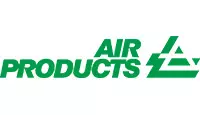

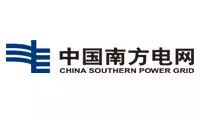
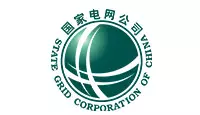
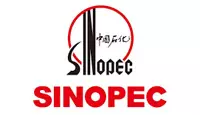


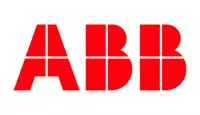
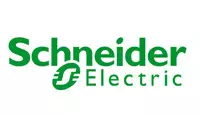
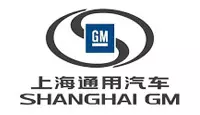
© 2023 Shanghai C&G. All Rights Reserved.